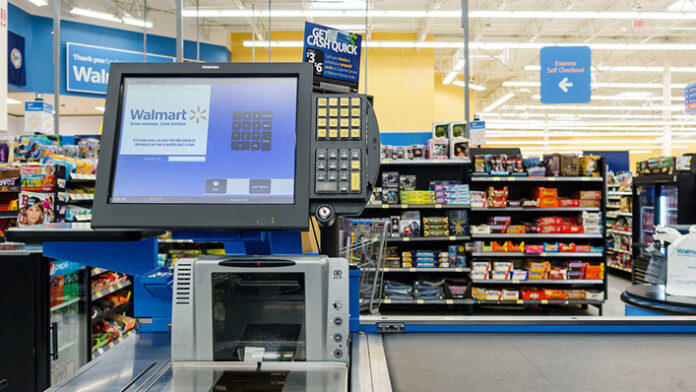The cases detailed above illustrate just a fraction of the challenges Walmart faces in its ongoing battle against theft. These incidents not only affect the company’s bottom line but also influence retail security trends across the industry. Walmart continues to innovate in its security approaches, integrating more sophisticated technology and revising its policies to combat theft effectively. The journey towards better security is ongoing, reflecting the complex, ever-evolving battle between retail giants and those who aim to exploit their systems.
Financial Impact and Legal Consequences
Walmart incurs significant financial losses due to theft, a problem exacerbated by self-checkout systems. Industry estimates suggest that the retail giant could be losing hundreds of millions of dollars annually due to what is known as “shrinkage,” which encompasses theft, fraud, and inventory mismanagement. The introduction of self-checkouts has provided thieves with newer and sometimes easier methods to steal, directly impacting Walmart’s bottom line.
The legal consequences for those caught stealing are severe. Shoplifters can face criminal charges, ranging from misdemeanor theft for lower-value items to felony charges for higher-value thefts. The decision to prosecute often depends on the amount stolen and the jurisdiction’s laws. Walmart typically cooperates with local law enforcement to address theft cases, aiming to deter future incidents through legal action.
Employee Instructions and Store Policy
Walmart trains its employees to handle suspected theft in a way that prioritizes safety and customer service. Employees are generally instructed not to confront shoplifters directly, as this can lead to potentially dangerous situations. Instead, they are taught to report suspicious activity to their supervisors or in-store loss prevention officers who are trained to handle the situations appropriately. This protocol helps ensure the safety of employees and other shoppers while addressing the theft.
Furthermore, Walmart has invested in extensive surveillance systems and has implemented more advanced technology at self-checkout stations, such as AI-driven cameras that monitor checkout activity and alert staff to potential thefts. These measures are part of a broader strategy to deter theft and minimize losses while maintaining a positive shopping experience for honest customers.
Comparative Analysis with Other Retailers
Walmart is not alone in grappling with self-checkout theft. Other major retailers like Target and Kroger have also faced similar challenges, each adopting different strategies to mitigate theft. Target has increased its investment in loss prevention technologies and staff training, while Kroger has experimented with next-generation self-checkout technologies that incorporate better theft detection systems.

